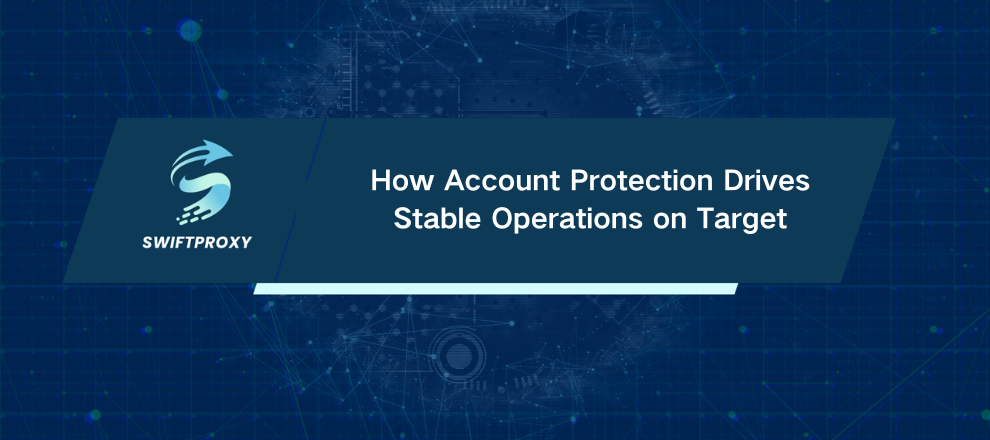How Account Protection Drives Stable Operations on Target
Your Target accounts don’t have to keep getting restricted—or banned. Yet without a solid strategy, it’s almost guaranteed. This guide shows you exactly how to navigate Target’s strict risk controls and warm up your accounts safely using environment isolation, clean residential IPs, and human-like behavior. Follow these steps, and you’ll achieve stable, long-term operations in cross-border e-commerce.

What Makes Target So Tough
Target isn't just another retail platform. It's the second-largest in the U.S., with a massive, loyal user base and a complex shopping ecosystem. For sellers, that means opportunity—but also serious scrutiny.
Target is hypersensitive to:
Bulk logins
Abnormal device environments
Frequent changes to billing or shipping info
Under these conditions, keeping your account stable is a critical challenge. Cross-border sellers must master the art of account protection to survive—and thrive.
Why Warming Up Your Account Matters
Skip the warm-up, and you'll trigger Target's security mechanisms fast. The consequences?
Account restrictions or limited visibility
Inability to place orders
Being flagged as suspicious
Permanent bans
Each of these risks can disrupt operations, hurt marketing performance, and stall revenue growth. Warming up your account isn't optional—it's essential.
How to Properly Warm Up a Target Account
1. Leverage a Stable, Isolated Hardware/Software Environment
Anti-detect browsers (fingerprint browsers) prevent cross-account tracking. Follow the "one device, one account" principle. Multiple accounts on the same environment are a red flag waiting to happen.
2. Leverage High-Quality Residential Proxy IPs
Residential IPs simulate real home environments. Make sure your IP:
Is unique and never shared
Matches the correct region, city, and time zone
Is stable and fast, with no IP hopping
Avoid recycled or blacklisted IPs—they're a direct path to detection.
3. Configure Anti-Detection Parameters Accurately
Target's checks go beyond IPs. It monitors:
Device security codes, IMEI, MAC addresses
IP/DNS/WebRTC consistency
Past account flags
Every environment setting should be consistent, isolated, and realistic.
4. Establish Account Trustworthiness and Credibility
Trust scores matter. Increase your account's credibility by:
Simulating real user behavior: browsing, adding items to carts, saving favorites
Staying active consistently
Avoiding sudden spikes in activity
Guidelines for Account Protection
Don't switch between multiple accounts on the same device
Register accounts with unique, accurate info
Manage actions gradually, completing details and settings naturally
Avoid bulk actions or repetitive copy-paste behavior
These practices safeguard account health while improving user experience and operational efficiency.
Best Practices for Warming Up Target Accounts
Stick to clean, stable residential proxy IPs
Follow "one device, one account" strictly
Manually fill out registration forms
Operate at low frequency for the first 3–7 days
Simulate daily shopping behavior to build a natural account footprint
Conclusion
Success on Target isn't just about tech—it's about strategy. Anti-detect browsers, clean residential IPs, human-like activity, and controlled warm-up routines are all critical. Get these right, and you'll secure account stability, minimize risk, and lay a foundation for long-term cross-border e-commerce success.


















































